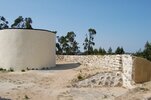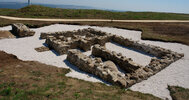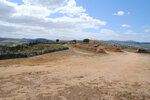Historical Route of the Lines of Torres Vedras
The three Lines of the Torres Vedras were a defensive system of forts and redoubts covering a total distance of some 100km, constructed during the Peninsular War. The mind behind them was Wellington's, who feared Napoleon's plans for General Masséna to attack Lisbon, and the ...
Read more
Project details
| Title: | Historical Route of the Lines of Torres Vedras |
|---|---|
| Entr. year: | 2014 |
| Result: | Award |
| Country: | Portugal |
| Town: | See Notes |
| Category type: | Other (See notes) |
| Notes: | This defensive military system was built by order of The Duke of Welllngton. It is composed by two lines and originally ca 152 fortifications, military head-quarters, military roads, telegraphic sign poles. It is located in the geographic arca of six different municipalities (Arruda dos Vinhos, Loures, Mafra, Sobral do Monte Agraco, Torres Vedras and Vita Franca de Xira) in the North of Lisbon, Portugal. |
| Building type/ Project type: | Military/Defence/Fortified building/system |
| Former use: | Open air military structures |
| Actual use: | Educational tool, cultural attraction |
| Built: | 1809 - 1814 |
| Architect / Proj.leader: | Torres Vedras Municipality |
| The Jury's citation: | "The Jury took several factors into consideration in this project: first, the importance of preserving this military feature for the role it played in Portuguese and European history; second, the highly successful inter-communal benefits for the various authorities involved along the route; and third, the prospect that the new walking trail will encourage a new group of people to discover the region. Also appreciated was the choice of modern architecture for the planned visitor centre, linking past with present." |
| GPS: | Various |
| Web, Links: | www.cilt.pt/en |
Description:
The three Lines of the Torres Vedras were a defensive system of forts and redoubts covering a total distance of some 100km, constructed during the Peninsular War. The mind behind them was Wellington's, who feared Napoleon's plans for General Masséna to attack Lisbon, and the management was in the hands of the British. The labour force however was Portuguese and construction was completed in minimum time (1809-1810) and with almost total secrecy. As a defence, the Lines were entirely successful, but were left abandoned for almost 200 years, until the present project. The project has entailed extensive surveys, archaeological investigations, removal of vegetation and a range of restoration systems. The military structures themselves have where possible been restored and there are numerous new interpretation centres at different points along the Lines. A complete pedestrian route has been created and six excellent self-guided walking trails have been devised. The whole project has brought a significant improvement to the management of the landscape and its future prosperity as a tourist destination.
Similar projects

15th-16th century
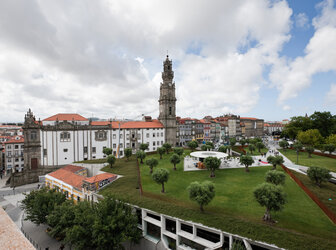
18th century
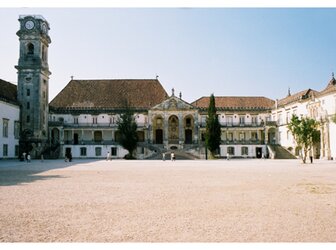
18th century

13th century
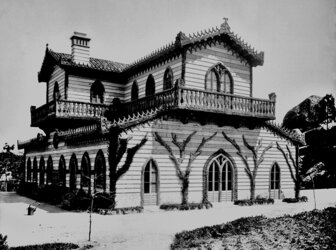
1864 - 1869
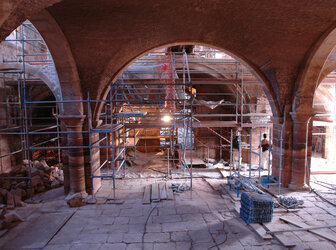
13th century
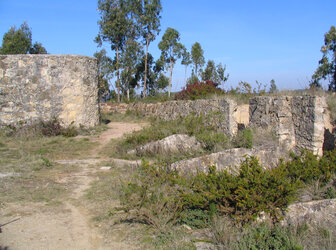
1809 - 1814

1882 - 1907

15th-16th century

17th-18th century
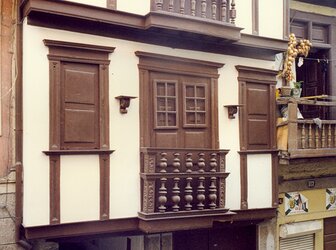
Middle Ages and 17th century
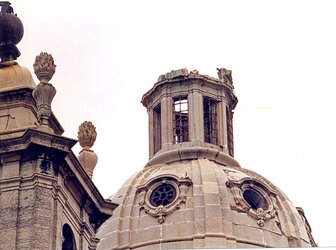
18th century

